
FCC Part 15 Certification Process
Overview of the Federal Communications Commission (FCC)
The Federal Communications Commission (FCC) regulates all commercial (non-military) sources of electromagnetic radiation. FCC rules and regulations, specifically Title 47, Part 15, set limits on radiation from both intentional and unintentional radiation sources.
The FCC manages interstate and international communications across the 50 states, the District of Columbia, and U.S. territories via radio, television, telephone, satellite, and cable systems. As an independent U.S. government agency supervised by Congress, the FCC is responsible for enforcing and implementing U.S. communications laws and regulations.
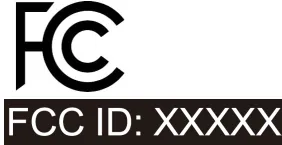
Source of fcc part 15 Standards:
In the United States, the FCC regulates all commercial (non-military) sources of electromagnetic radiation. Title 47, Part 15 of the FCC rules and regulations sets limits on radiation from both intentional and unintentional radiation sources. Unintentional radiation sources regulated by the FCC include any unintentional radiators (devices or systems) that generate and use pulse rates exceeding 9,000 pulses per second and employ digital technology. This nearly includes every product using microprocessors, such as computers, peripherals, video games, office equipment, and point-of-sale terminals. Certain categories of electronic devices, such as automobiles, appliances, and industrial, scientific, or medical devices, are specifically exempt from Part 15 requirements. Selling or promoting products regulated by Part 15 without obtaining FCC certification is illegal unless radiation and conducted emissions are measured and found to comply with the standards.
Devices Requiring FCC Authorization:
1. Unintentional Emitters
Unintentional emitters are products that use or generate radiofrequency energy internally or via connected wiring but do not radiate or induce RF energy in a wireless manner. Most unintentional emitters must be authorized under the Supplier's Declaration of Conformity (sdoc) procedure. Examples include:
- LED bulbs
- Coffee makers
- USB sticks
- Wired mice
- External power supplies
2. Intentional Emitters
Intentional emitters are devices that generate and radiate RF energy through radiation or induction. This category includes devices with Wi-Fi, 3G, 4G, 5G, Bluetooth, LTE, or active RFID capabilities. Most of these intentional radiation sources must be authorized through the certification process. Examples include:
- Bluetooth speakers
- Active RFID tags
- Smartphones
- Wireless microphones
- Wireless routers
3. Incidental Emitters
Incidental emitters generate or emit RF energy, even though they are not intentionally designed to do so. These are typically components integrated into devices and are classified as either unintentional radiators or intentional emitters. Examples include:
- Motors
- Mechanical light switches
Incidental emitters do not require device authorization but still need to comply with general operational conditions under 47 CFR Part 15 to minimize the risk of harmful interference.
Devices Not Requiring FCC Authorization:
1. Homemade Devices
Under 47 CFR Part 15.23, a manufacturer does not need to obtain FCC authorization for a product if it meets the following criteria:
- Not sold on the market
- Not constructed from a kit
- Contains no more than five items for personal use
Homemade device manufacturers may not fully assess whether their devices meet FCC requirements. As such, they should follow good engineering practices to ensure the device meets relevant standards.
2. Power Line Carrier Systems
Power line carrier systems are exempt from device authorization but still must adhere to the following requirements:
- The operating frequency must stay within the 9 kHz–490 kHz range
- The system must operate "without protection and interference"
- Devices in the system should operate at the lowest power possible
3. Other Exempt Devices
47 CFR Part 15.103 lists several devices that are exempt from authorization, such as:
- Digital devices specifically for appliances (e.g., clothes dryers)
- Professional medical digital devices
- Joystick controllers or similar devices without digital circuits
- Digital devices with power consumption less than 6 nW
Digital Product Classification:
Under 47 CFR Part 15.3, digital products are classified into two categories:
- Class A Devices: Devices sold for commercial, industrial, or business environments
- Class B Devices: Devices for home use
Class B devices have stricter limitations than Class A devices. The radiation and conducted emi testing procedures are defined in ANSI standard C63.4.
FCC Part 15 Conducted and Radiated Emission Limits for Class A and Class B Devices:
Electromagnetic compatibility (EMC) requirements for products used by the U.S. military are found in a document called MIL-STD-461. This standard applies to a variety of systems, including everything from power tools to workstations. Unlike FCC regulations, MIL-STD-461 covers both radiation and conducted immunity as well as radiation and conducted emission limits.
fcc part 15 certification Reference Standards:
47 CFR Part 15.31 incorporates several ANSI standards that outline measurement procedures for assessing technical compliance. Some key standards include:
- ANSI C63.4: Radiofrequency noise emission measurements for low-voltage electrical and electronic equipment from 9 kHz to 40 GHz
- ANSI C63.10: Compliance testing for unlicensed wireless devices
- ANSI C63.17: Measurement methods for electromagnetic and operational compatibility of unlicensed personal communication service (UPCS) devices
- ANSI/SCTE 54: Cable television digital video multiplexing and transmission system standards
- ETSI EN 300 422-1: Wireless microphone standards for frequencies from 25 MHz to 3 GHz
Authorization Process:
The FCC requires most electronic devices to undergo one of two authorization procedures: the fcc sdoc process or the fcc certification process. In general, the SDoC process applies to unintentional emitters, while the Certification process applies to intentional emitters. Some devices may contain both types of radiators, in which case manufacturers or importers may need to subject the devices to both procedures.
FCC Certification Application Process:
1. Apply for an FRN (FCC Registration Number); if applying for an fcc id, you must first obtain a Grantee Code.
2. The manufacturer applies for FCC-ID certification and must first register the company with the FCC-FRN database to create a company profile before submitting the FCC-ID application. All reports are reviewed by FCC-TCB (Telecommunications Certification Body), which submits them to the FCC management center for posting on the website, where product information can be accessed via the FCC ID number.
3. Product testing.
4. Once testing is passed, a certificate report is issued.
China JJR Laboratory provides FCC Part 15 certification testing services. Please feel free to inquire.
Email:hello@jjrlab.com
Write your message here and send it to us
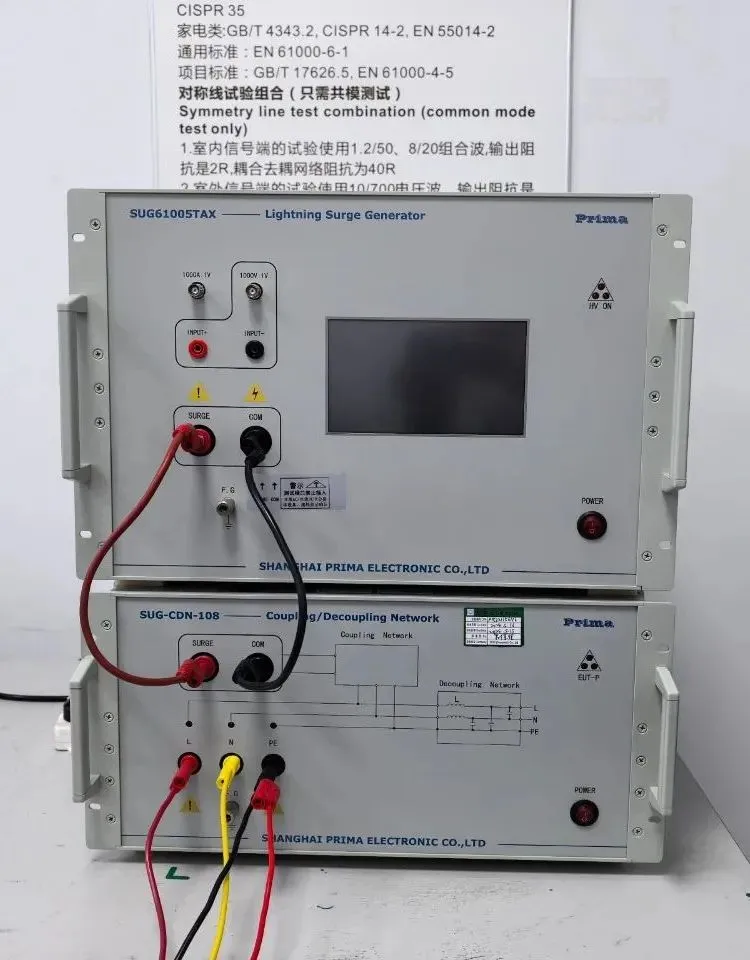 What Are the Testing Items of California Propositi
What Are the Testing Items of California Propositi
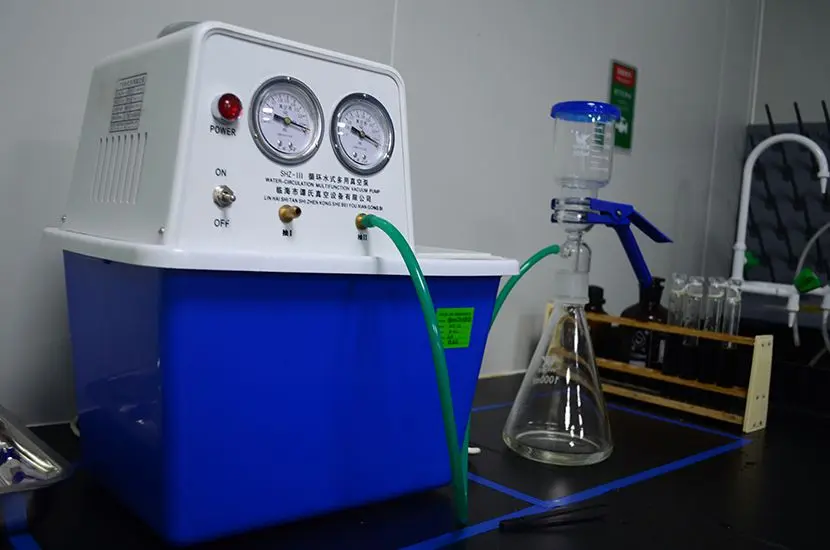 E-Cigarette EU TPD Testing
E-Cigarette EU TPD Testing
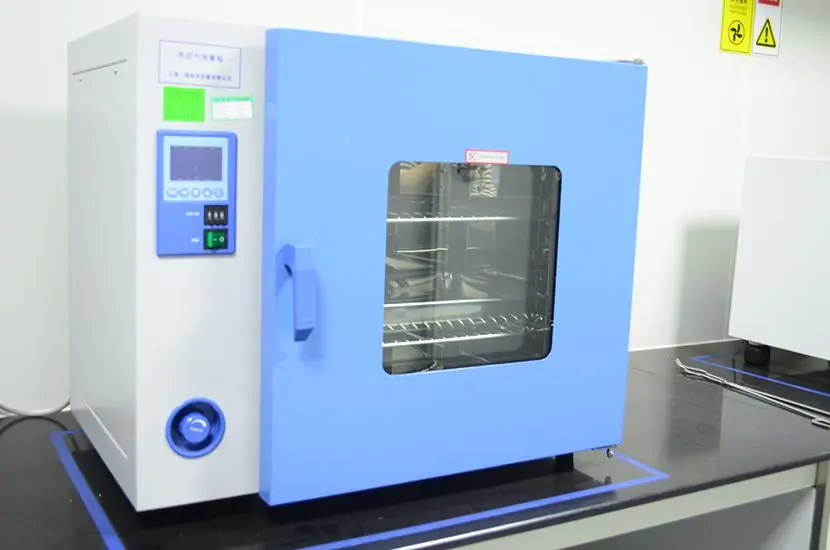 Testing Certification for E-cigarettes Exported to
Testing Certification for E-cigarettes Exported to
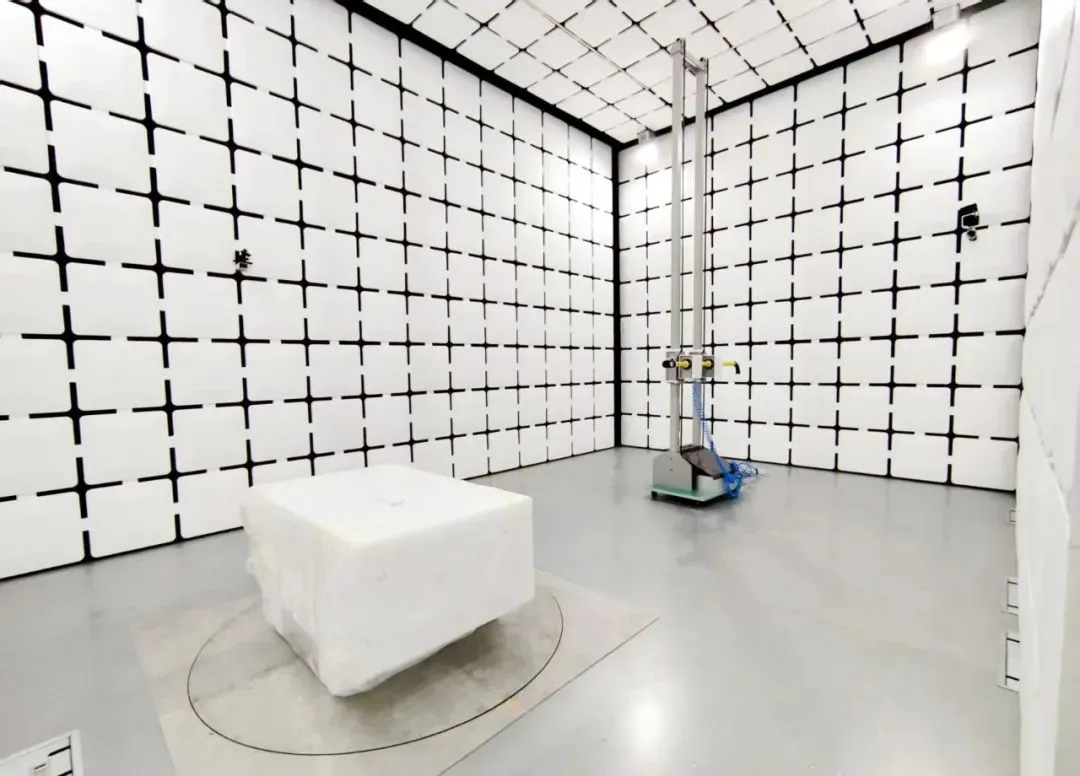 What is Amazon US CPC Certification?
What is Amazon US CPC Certification?
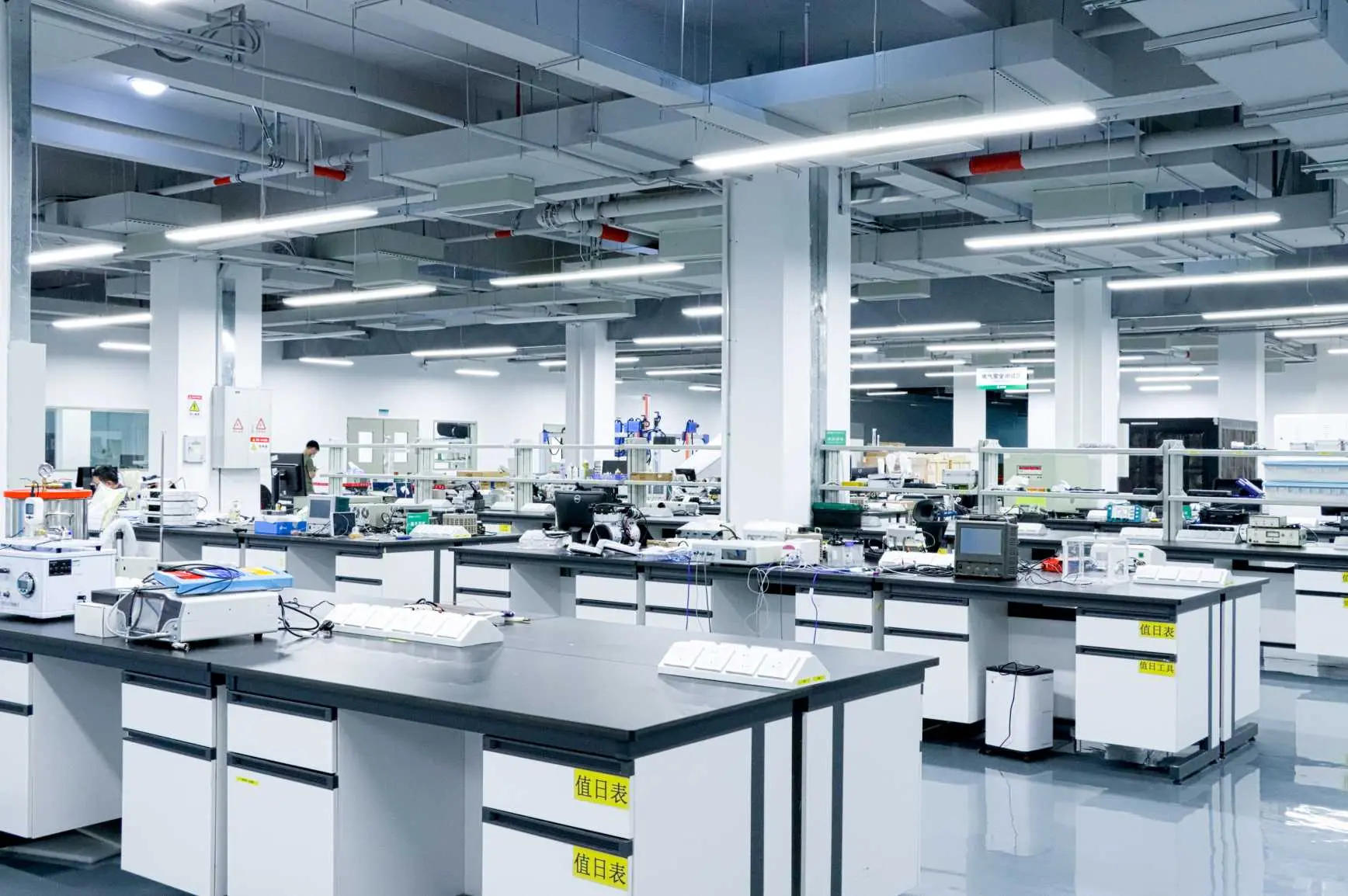 UK Toy Safety Regulation Standard EN 71-13
UK Toy Safety Regulation Standard EN 71-13
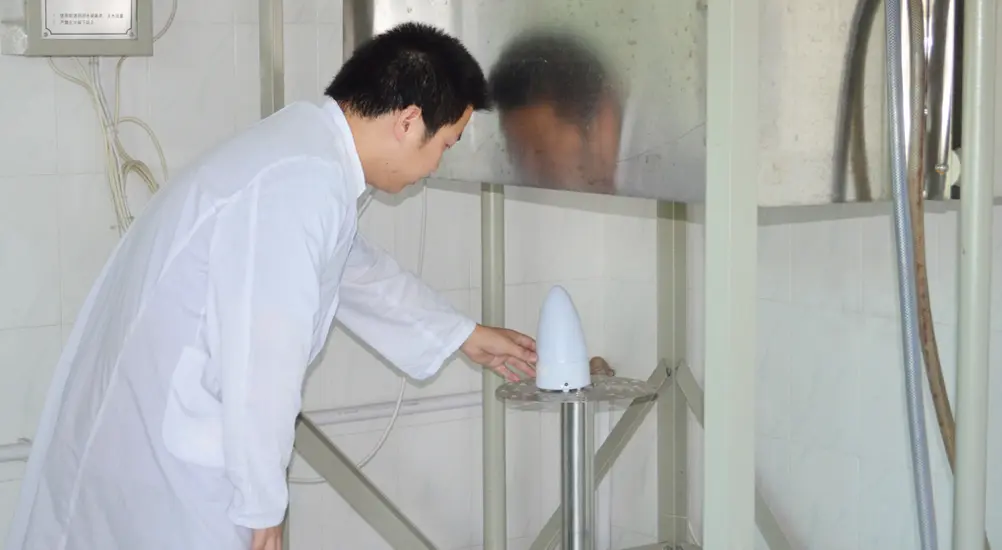 What is EU UFI Registration?
What is EU UFI Registration?
 EU UFI Registration for E-cigarette E-liquid
EU UFI Registration for E-cigarette E-liquid
 How to get the MSDS Report for Electronic Cigarett
How to get the MSDS Report for Electronic Cigarett
Leave us a message
24-hour online customer service at any time to respond, so that you worry!




